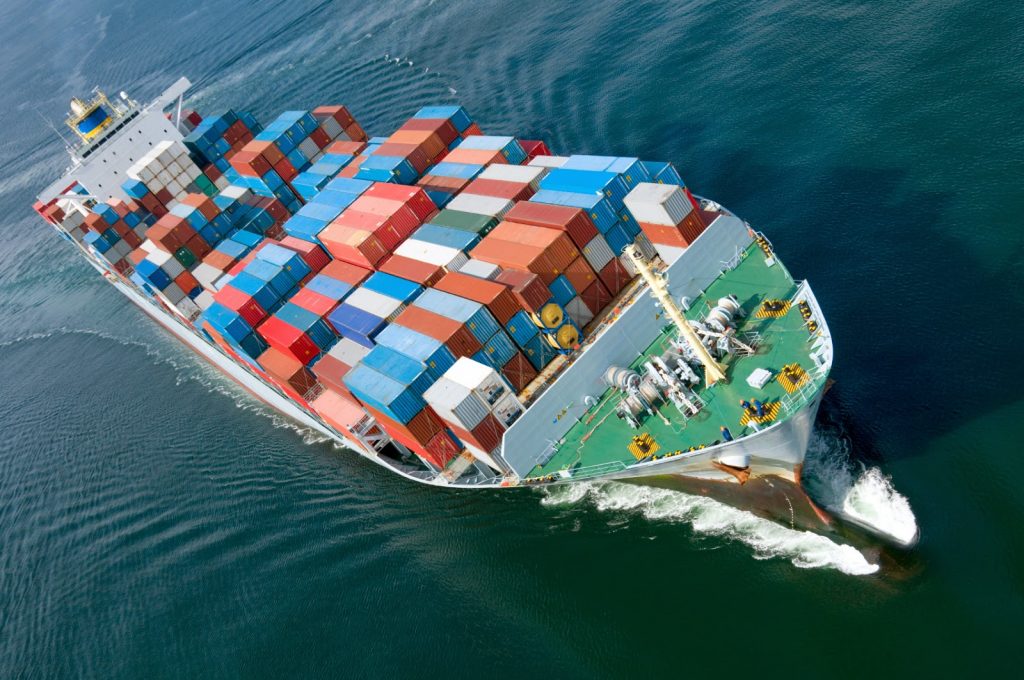Indeed, after the eye-watering slump in liner profitability in the third quarter and expected heavy losses in Q4, carriers are under intense pressure from shareholders to address the cash burn in preparation for the start of the new financial year.
And among the carrier networks it is the Asia-Europe services that are bleeding the most, with a perfect storm of a huge number of 24,000 teu ultra-large vessels being received from shipyards at the same time as demand dries up.
Carriers took delivery of another four 24,000 teu behemoths last month, and their attempts to phase them into Asia-North Europe loops has given ship managers headaches.
“The problem is we still have to try and fill these big ships when weak demand means vessels half of the size would be sufficient,” a carrier contact said.
“I think we are very close to the point of just parking them up as they roll out of the yards,” he added.
And that message is beginning to filter into the market, as carriers wrestle with the impact of ultra-low spot rates during difficult annual contract rate negotiations. A UK-based NVOCC contact told The Loadstar he had only had one preliminary contract talk with a carrier so far, and found it “worrying”.
“They were not their usual bubbly selves and anyone would think that they’d lost a shedload of money in the last couple of years instead of raking in billions,” he said. “But they were quite serious and had clearly been instructed to walk away from deals below a certain level.
“They stated that the line was prepared to lay-up its ships until the market improved, which we found quite worrying,” he added.
Hitherto, carriers have, in the main, relied on tried and tested blanking, super-slow steaming and sliding strategies to address the supply/demand imbalance on the route, but this has failed to support 1 November GRIs (general rate increases), with a reset of the price hikes in December looking improbable.
Among others, a recent shipping market review from analysts at Danish Ship Finance proffered a particularly pessimistic outlook for the container liner sector.
“Weak fleet utilisation due to high fleet growth and low demand has caused significant falls in freight rates,” it said. Moreover, the authors added that the “various measures” to limit the damage had had “little effect” to date.
In the first 10 months of the year, some 1.5m teu of newbuild container capacity has been added to the global container fleet, representing a 6% increase, with another 2.4m teu slated for delivery next year and vessel scrapping in the doldrums.
It follows that there remains a huge disconnect between the chronic oversupply of container tonnage and the inactive container fleet, which, in the most recent survey by Alphaliner, had actually fallen slightly, to 4.4% of the global fleet, of which just only 1.6% was technically idled, i.e. not at repair yards.
But everything is now pointing to a big jump in the number of ships being laid-up, as carriers use the last capacity management tool in their toolbox and suspend more services.








